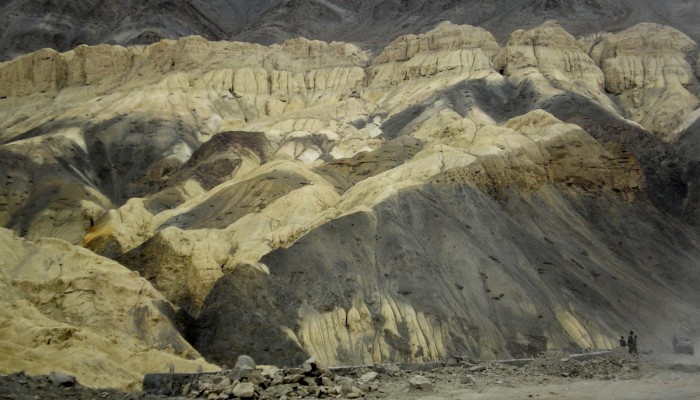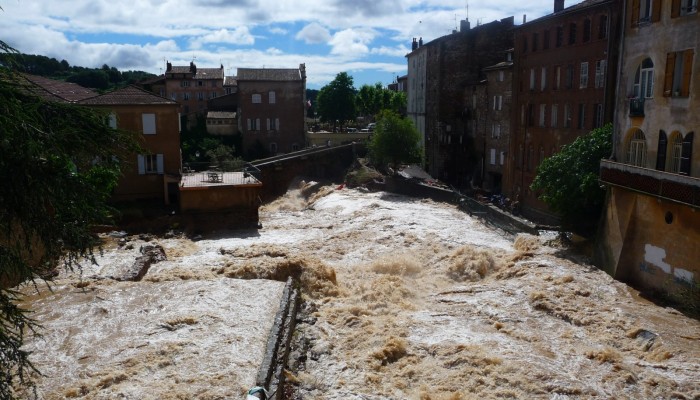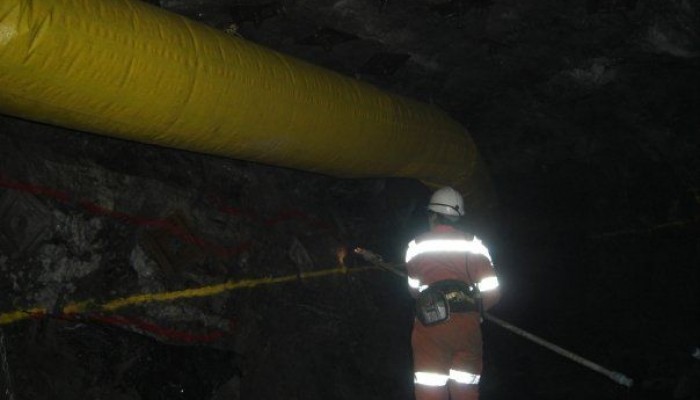For the third year in a row we’re running the EGU Communicate Your Science Video Competition – the aim being for early career scientists to communicate their research in a short, sweet and public-friendly video. Our judges have now selected 3 fantastic finalists from the excellent entries we received this year and it’s time to find the best geoscience communication clip! The shortlisted videos wil ...[Read More]
Imaggeo on Mondays: Moonland

The moon-like landscapes surrounding the Himalayan village of Lamayuru attract tourists seeking off-the-beaten track adventures. The village is enchanting, not only for the striking geological formations that frame it, but also for the presence of an 11th Century Buddhist monastery. “The rock formations are known as ‘Moonland'”, says Arjun Datta, author of this week’s imaggeo on ...[Read More]
GeoSciences Column: Mapping floods with social media

Picture this: you are on your commute home, smartphone or tablet in hand, surfing the internet. You might quickly catch up on the latest news, check in with your friend’s on Facebook, or take to Twitter to share a morsel of information with your followers. This scenario is common in the modern era of technology. No doubt we are all guilty of indulging in a serious session of internet navigation ev ...[Read More]
What is in your field rucksack? The bag of a mining geologist
Inspired by a post on Lifehacker on what your average geologist carries in their rucksack/backpack, we’ve put together a few blog posts showcasing what a range of our EGU members carry in their bags whilst in the field! Of course, it’s not only research geoscientists who carry kit! Earth scientists in industry often require a number of tools to carry out their daily duties. Today we feature the co ...[Read More]

